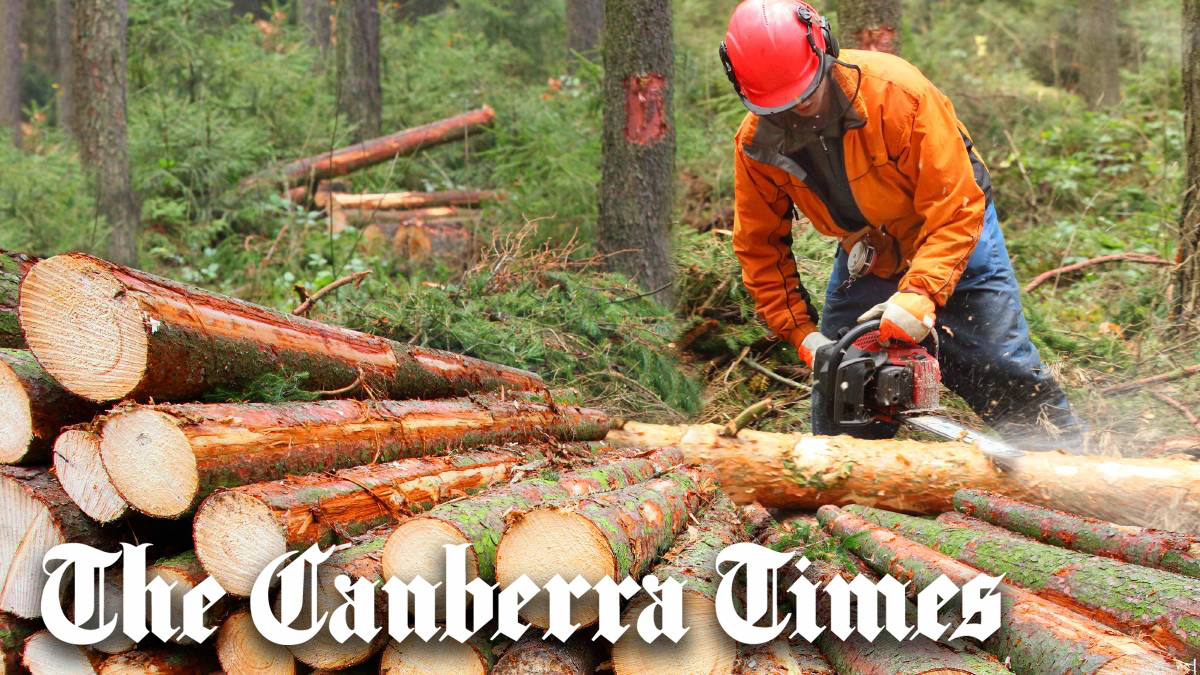Project team members Brendan Mackey and Heather Keith and their colleague David Lindenmayer have published an article in The Canberra Times challenging the assumptions around the burning of native forest biomass as a 'renewable energy'.
This biomass as an energy source proposed by some industry lobby groups is native forest biomass which can include all or part of a tree's woody trunk and branches. Using forest biomass for energy is now widespread across Europe, and vast quantities of timber are now exported from North America to burn in the United Kingdom, France and elsewhere. The same process is now being pushed heavily by certain forest industry lobbyists and government agencies in several Australian states, including Tasmania, Victoria and New South Wales.
This represents a serious error in how carbon emissions are accounted for.
Article authors
Brendan Mackey
Heather Keith
Additional authors
David Lindenmayer



